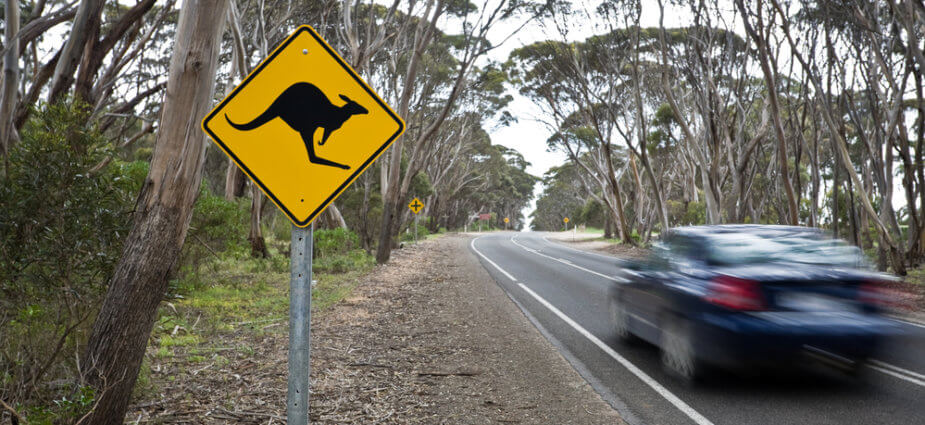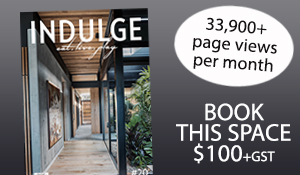There’s no shortage of nature’s bounty in Queensland – the pristine waters of the Great Barrier Reef; the Daintree Rainforest; the green Darling of the Downs or Atherton Tablelands; endless colourful blooms at Jimbour Station; as well as endless beaches, luxury camping escapes, kids’ activities and parks – and so many wonderful and breathtaking views all along the way. If you’re thinking of making Queensland your stay-cay destination, you may want to load up the car and hit the road.
So, what do you need to consider when planning your next Queensland driving getaway? Here are five tips to make sure you have a great – and memorable – time exploring Queensland by road.
Plan out your route
Queensland really has it all – the Scenic Rim has an adventure zipline, dairy farms, glow worm caves, vineyards – and that’s just one day trip! If you intend to drive long distances in Queensland, you need to plan your journey, which includes the route you’ll take and where you’ll stop. Queensland Government recommends stopping every two hours for at least fifteen minutes at driver reviver sites, which you can learn more about here. Don’t just hope your GPS will know the way – know about hazards and other traffic conditions well in advance of your trip.
When’s the best time to go?
The beach isn’t much fun when the wind is blowing cold, and the sun isn’t at its brightest (though it might not affect the Sunshine Coast!) – but wintertime can be a great time to see wineries and natural wonders such as forests and bush trails. Planning your trip to avoid crowds is also a good way to go, as tourist traps may not be as full as usual during off-peak times. It really is a matter of finding a convenient time that works for you and your family.
Is your car up to it?
If you are going to travel off the beaten path (and there is some Queensland roads that are unsealed) a four-cylinder hatchback isn’t quite going to cut it. You don’t have to pony up for a full-fledged 4WD; but an SUV or something more substantial may be required than what you have at the moment. You may want to buy outright or hire a car – though buying a car means you’ll be able to use it over and over again for trips whenever you want.
Accommodation – roughing it or glamming it up?
Next, you have to figure out if you’re going to save money by camping, stay in hostels, take a caravan with you (which, again, needs a substantially powerful car), or go glam and stay in luxury. Of course, these are all on a sliding scale of cost – so work out what you can afford before you splurge.
Financing your holiday the right way
For many of us, a holiday is a major expense, and knowing how to finance your trip may determine the course it takes. The cost-effective solution compared to using your own savings or a high-interest credit card is to use a personal holiday loan. These loans have low interest rates relative to credit cards and each repayment you make gets you closer to zero. You can also use specialised car loans (which can be a type of personal loan) to get a new car – which may be an ongoing investment in family holidays. Using your own money may mean shortfalls when on the road. To make up for it, people tend to use their credit card.
The more you spend on your credit card, the more interest you incur, which means a bigger debt you have to pay off long-term – which can put a big dent in your financial goals.
Remember: this advice is general in nature. See a financial adviser before applying for loans.







